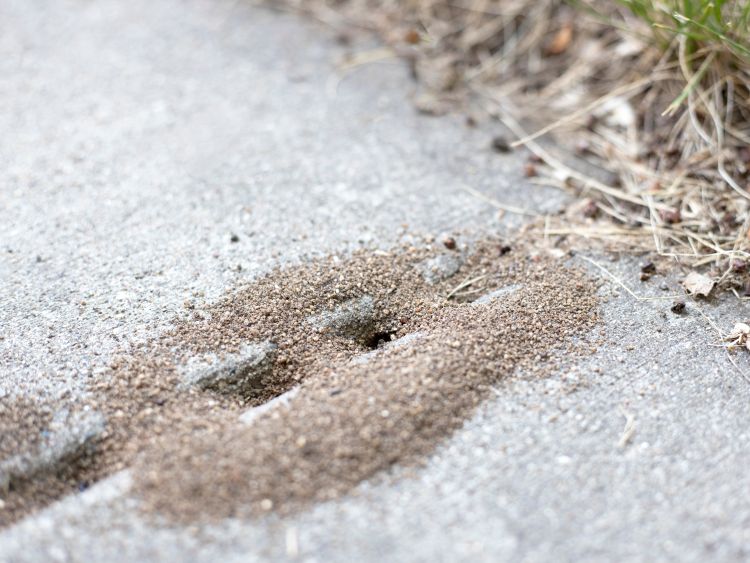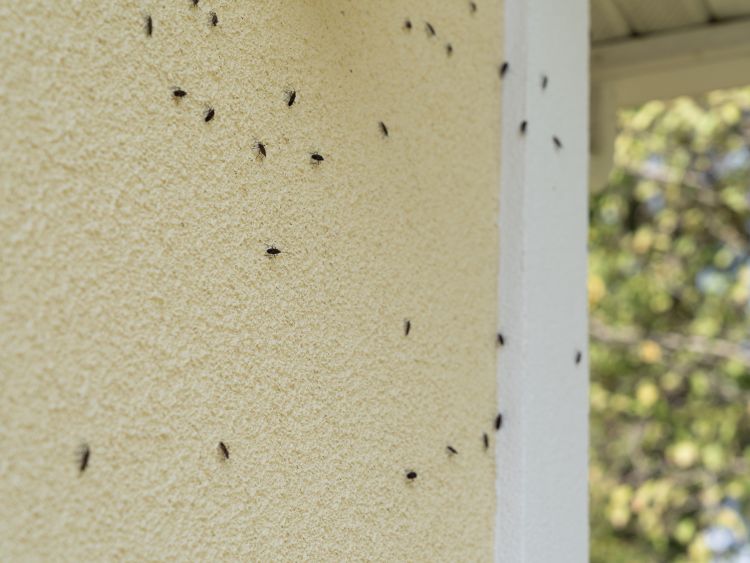Best Pest Control
Several companies specialize in pest control in Phoenix. However, not all of them are known to be reliable or useful. It takes years of experience and a high level of commitment to ensure we perform every pest control service accurately. Not every company follows the same routine and methodology.
When you need pest control, you need Anteater Exterminating. With more than 30 years in business, we’ve gone up against every type of pest Phoenix can provide. We are a locally owned and operated full-service pest company since 1995. Since that time, we have perfected our pest control methods in Phoenix to provide you with a one-stop, complete pest control services solution.


A reliable pest control company is one that is accessible all the time, not just sometimes or over the week. There are several times when you may need to call a pest control company to verify a few details like what pesticide should be used for specific bugs or to check when the contract expires. 24-hour customer service is beneficial, especially because you can speak to the company representative any time you like. Anteater Exterminating is proud to offer this service.
Professional Pest Control
Pest Control Services Help Eliminate the Following:
Allergic reactions related to insect bites and bee stings. In the US, nearly five million people a year require emergency treatment due to insect bites, and almost two million are allergic to bee stings!
Food waste from rodents. Almost 20% of the world’s food stocks get wasted due to rodent issues.
Rodents spread diseases like the plague, salmonella, rat fever, and leptospirosis. More than forty-five thousand people are bitten annually by rats.
Termites cause more than 5 billion dollars worth of damage across the nation.
Cockroaches and rodents spread allergens. According to the Asthma and Allergy Foundation of America, this is one of the prime reasons for asthma in children.
- Fast, Professional Service
- Certified, Licensed, and Bonded Technicians
- Free Termite Inspections
- Affordable Pest Control Services
- Knowledgeable and Friendly Staff
- Ongoing Interval Maintenance
We are Your #1 Pest Control Exterminators in Tempe!
Your Hunt for Pest Control Companies Near Me is Over!
When you discover the presence of pests, it can be a shock. You may be wondering how to handle them, how extensive the damage is, and if you face any health risks. One phone call to us is all you need. Our technicians will schedule an inspection with you at the earliest possible convenience to provide swift resolution to your pest control problem. We take pest control very seriously, and that’s why we offer a complete pest control solution that includes:
Pest Control Evaluation
An evaluation provides our technicians with an opportunity to figure out several things. Similar pests can often be mistaken for one another. It’s at this stage where we will determine what pest infestation you are facing. Extensive knowledge of pest signs, patterns, and behaviors allows us to determine the extent of your pest problem.
Pest Control Estimation
After a thorough pest assessment, our extensively trained technicians will provide you with an estimate for your pest control services, all at no cost. We believe you’ve experienced enough with your Phoenix pest control problem already, and shouldn’t be required to pay to find out what it will cost for pest control.
Pest Control Service
With advanced methods and the latest equipment, our pest control technicians are the best around. We’ll treat the entirety of your problem. From termites to scorpions and rats, there’s no pest and no infestation too small for you to receive the best pest control available. Our technicians also identify entrance points in your home. When it comes time to treat an indoor pest control problem, you won’t have new guests getting in the same way the current ones did.
Common Pest Control Questions
Resident’s Choice for Pest Control in Phoenix
With all of the exterminators in the area, what makes Anteater Exterminating stand out? The sheer volume of the pests that we cover means that you can come to us for every problem. We’re very punctual and respectful of your time and your property. Our pest control technicians leave your home looking as lovely as it was when we got there. We stand by our work and guarantee our results to give you peace of mind after our visit.


All you have to do is give us a phone call on this site. We set you up with a discounted consultation to determine the best solution for your pest control needs. Don’t let another day go by where you put up with pests. Call Anteater Extermination now for pest control in Phoenix.












